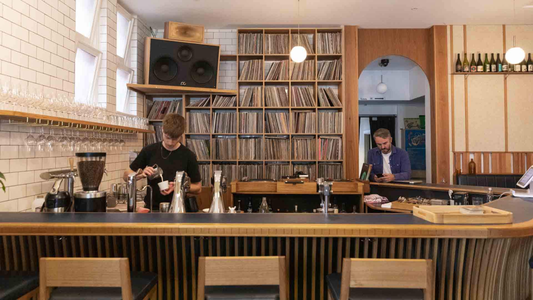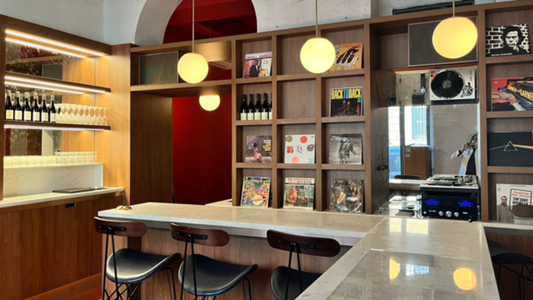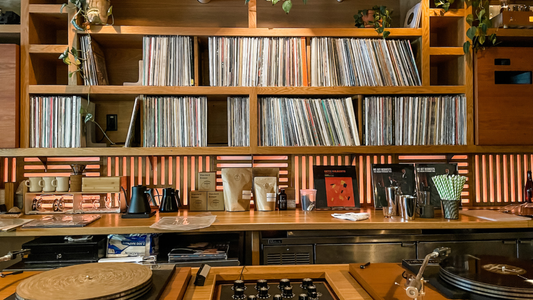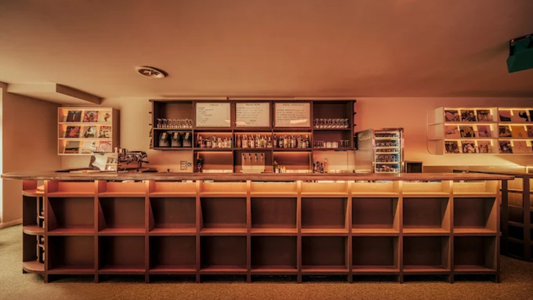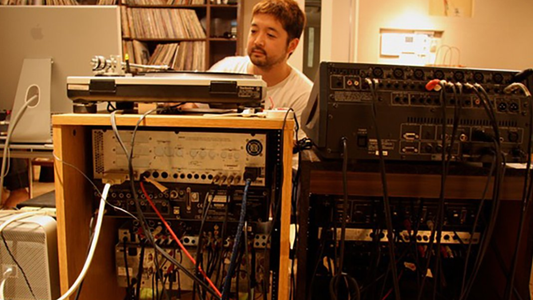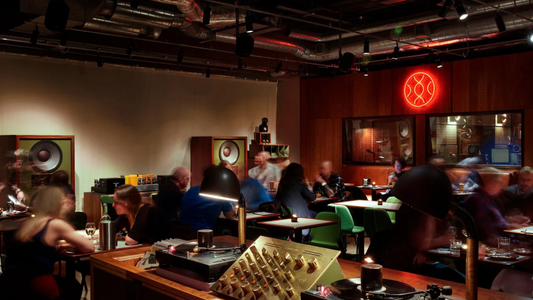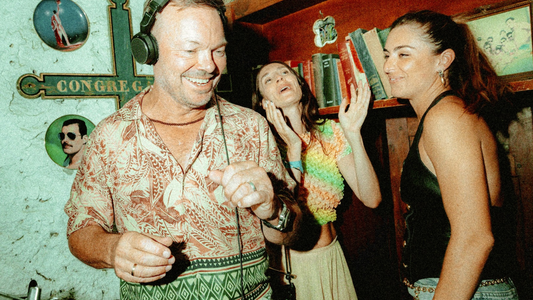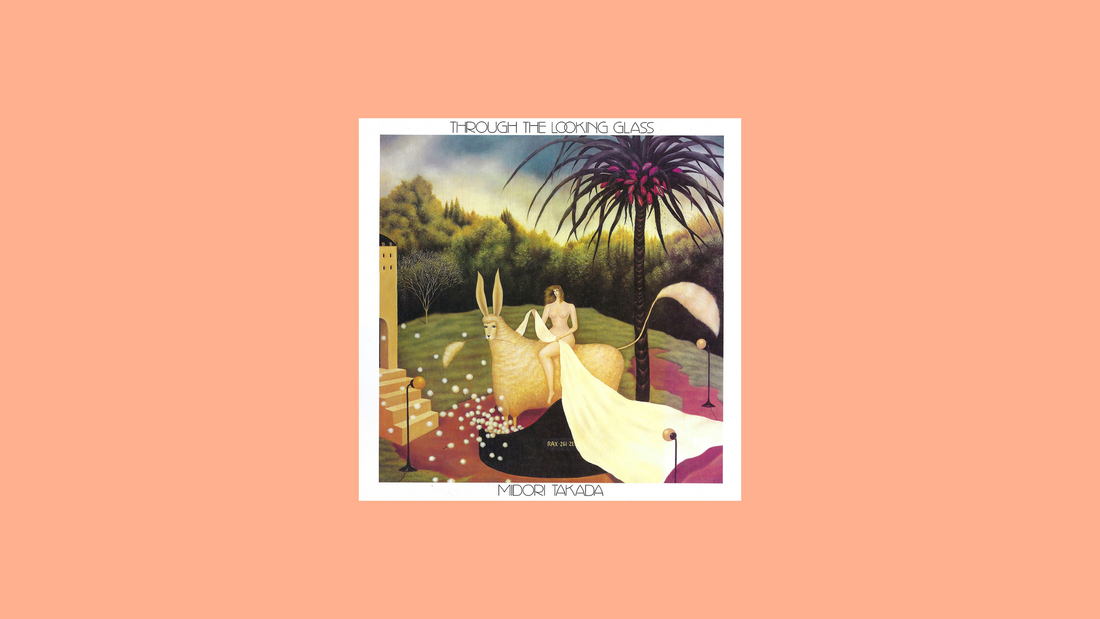
Midori Takada – Through the Looking Glass (1983)
By Rafi Mercer
A bell chimes, faint and crystalline. Then a marimba enters, patterns unfolding in endless ripples, each note chasing the last like water over stone. Gradually, percussion builds: gongs, drums, woodblocks, bells. The sound is hypnotic, meditative, luminous. This is Through the Looking Glass, released in 1983 by Japanese composer and percussionist Midori Takada. For decades it was a secret, known only to collectors and obsessives, until its reissue in 2017 revealed it to be one of the great lost masterpieces of minimalist and ambient music.
Takada trained as a classical percussionist in Japan but was deeply influenced by African drumming, Indonesian gamelan, and American minimalism. By the early 1980s, she had grown frustrated with the rigidity of the Western orchestral world. Through the Looking Glass, her first solo album, was an act of liberation: four long compositions performed entirely by herself, layering percussion and woodwinds into vast soundscapes of rhythm and resonance. She recorded the entire album in just two days, playing and overdubbing dozens of instruments. The result is a work of astonishing vision and execution.
The opening track, “Mr. Henri Rousseau’s Dream,” sets the tone. Built around marimba and vibraphone patterns, it shimmers with delicacy, evoking tropical landscapes imagined through sound. Takada has said she was inspired by Rousseau’s jungle paintings — works created without the artist ever leaving Paris. Similarly, her piece conjures distant landscapes through pure imagination, blending African and Asian rhythmic sensibilities with minimalist repetition.
“Crossing” is more percussive, driven by African-influenced drumming, hand percussion, and metallic tones. Its energy is ritualistic, trance-like, evoking both movement and meditation. “Trompe-l'œil” plays with perception, layering tones that blur into drones, shifting subtly over time, disorienting the ear. The closing track, “Catastrophe Σ,” is darker, heavier: gongs and drums thunder, rhythms accumulate into dense waves, before dissolving into silence. The arc of the album moves from dream to intensity to dissolution, a journey across imaginary landscapes of sound.
What makes Through the Looking Glass so extraordinary is its fusion. Takada draws from traditions across continents — African polyrhythms, Indonesian gamelan, Japanese court music, Western minimalism — yet the album never feels derivative. It is entirely her own voice, blending influences into something singular. It is music that refuses borders, creating a sound world that feels at once ancient and futuristic, local and global, intimate and cosmic.
For decades, the album was almost impossible to find. Pressed in tiny quantities on a Japanese label, it circulated only among collectors. But whispers of its brilliance spread, and by the 2000s it had acquired near-mythic status. When it was finally reissued in 2017, it was greeted as revelation. Critics hailed it as visionary, audiences embraced it, and Takada — who had been quietly teaching and performing for decades — was suddenly recognised as one of the great minimalist composers of her era.
Listening today, the album feels astonishingly fresh. Its patience, its focus on repetition and resonance, its refusal of spectacle — all align with contemporary listening cultures of ambient and meditative music. Yet its depth and discipline set it apart. It is not background, not decoration. It is immersive, demanding presence, rewarding slowness. Women and men, seasoned listeners or curious newcomers, all can find themselves within its sound. It welcomes without diluting.
On vinyl, the record is transformative. The marimba’s resonance glows with analogue warmth, the percussion surrounds the room, the surface crackle blends with Takada’s textures. The act of turning sides mirrors the music’s pacing: each track a world of its own, each side an environment to enter. The reissue artwork, with Takada’s image and stark design, reinforces its aura of both intimacy and monument.
What endures about Through the Looking Glass is its imagination. Without leaving Japan, without vast resources, Takada built a sonic landscape that feels boundless. She proved that percussion alone could carry melody, harmony, rhythm, and atmosphere. She showed that minimalism could be luminous, generous, deeply human.
To play it now is to step into that boundless world. The marimba ripples. The drums roll. The bells shimmer. You are somewhere else — a jungle dreamed, a temple imagined, a horizon that never ends.
Rafi Mercer writes about the spaces where music matters. For more stories from Tracks & Tales, subscribe, or click here to read more.
